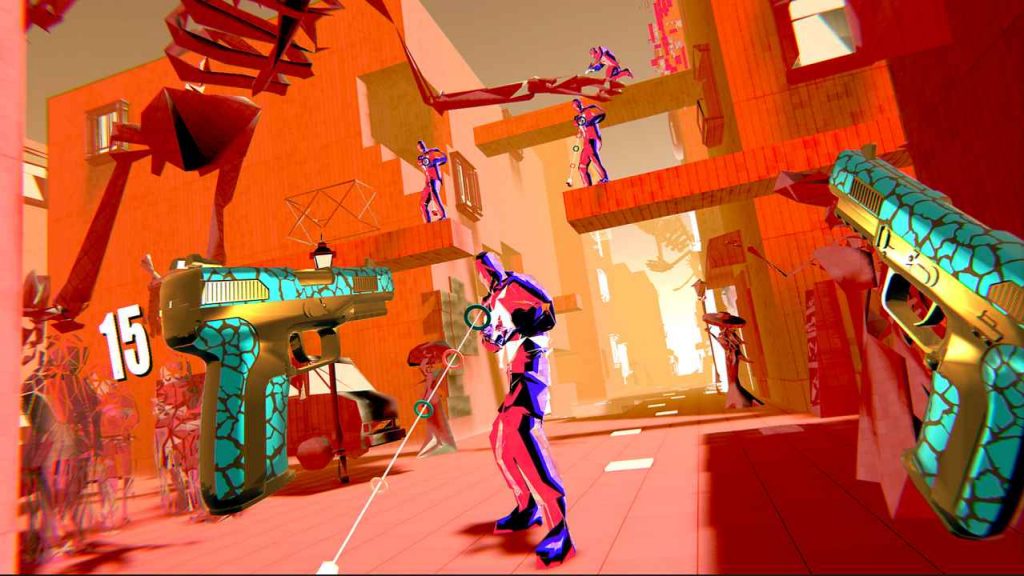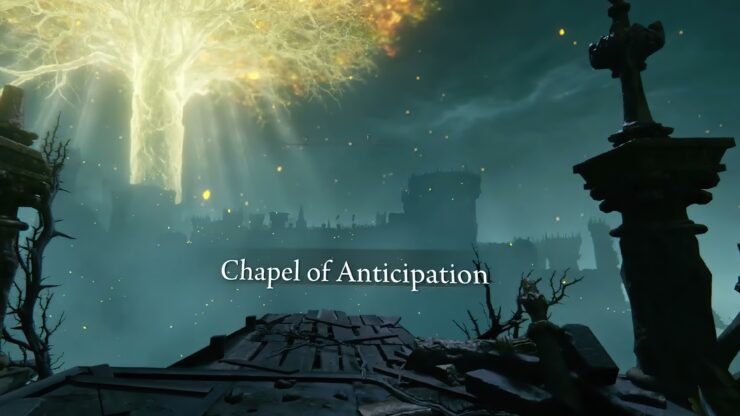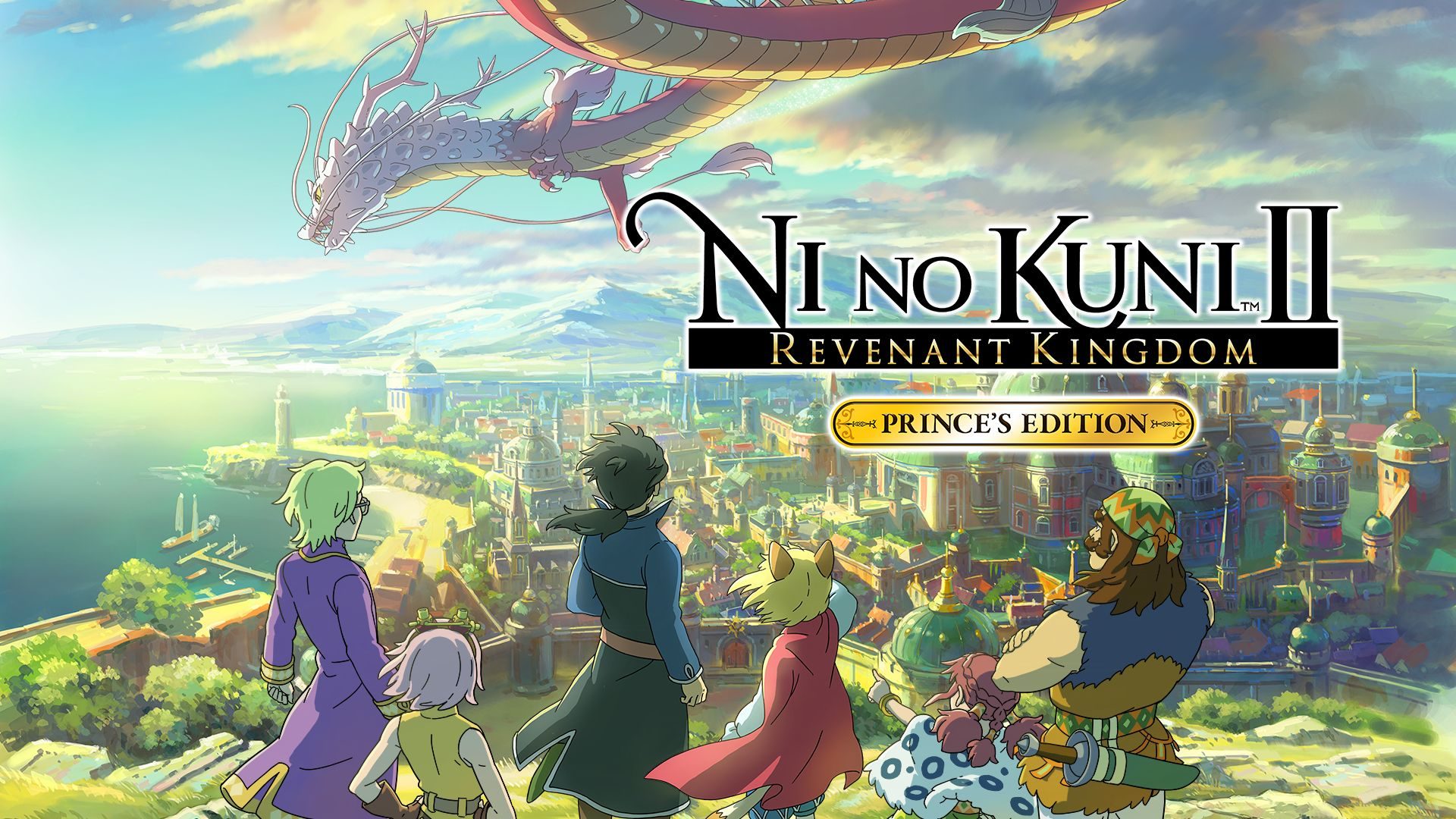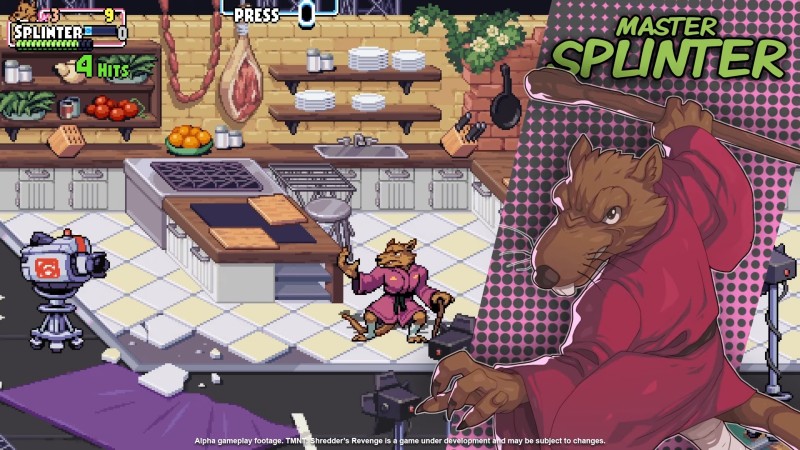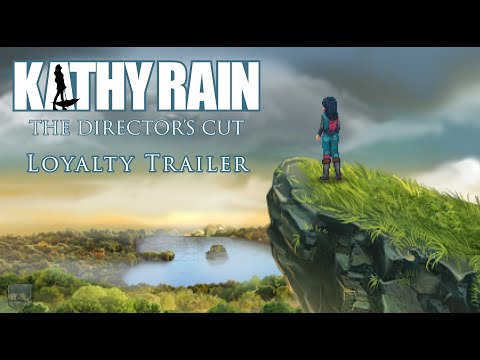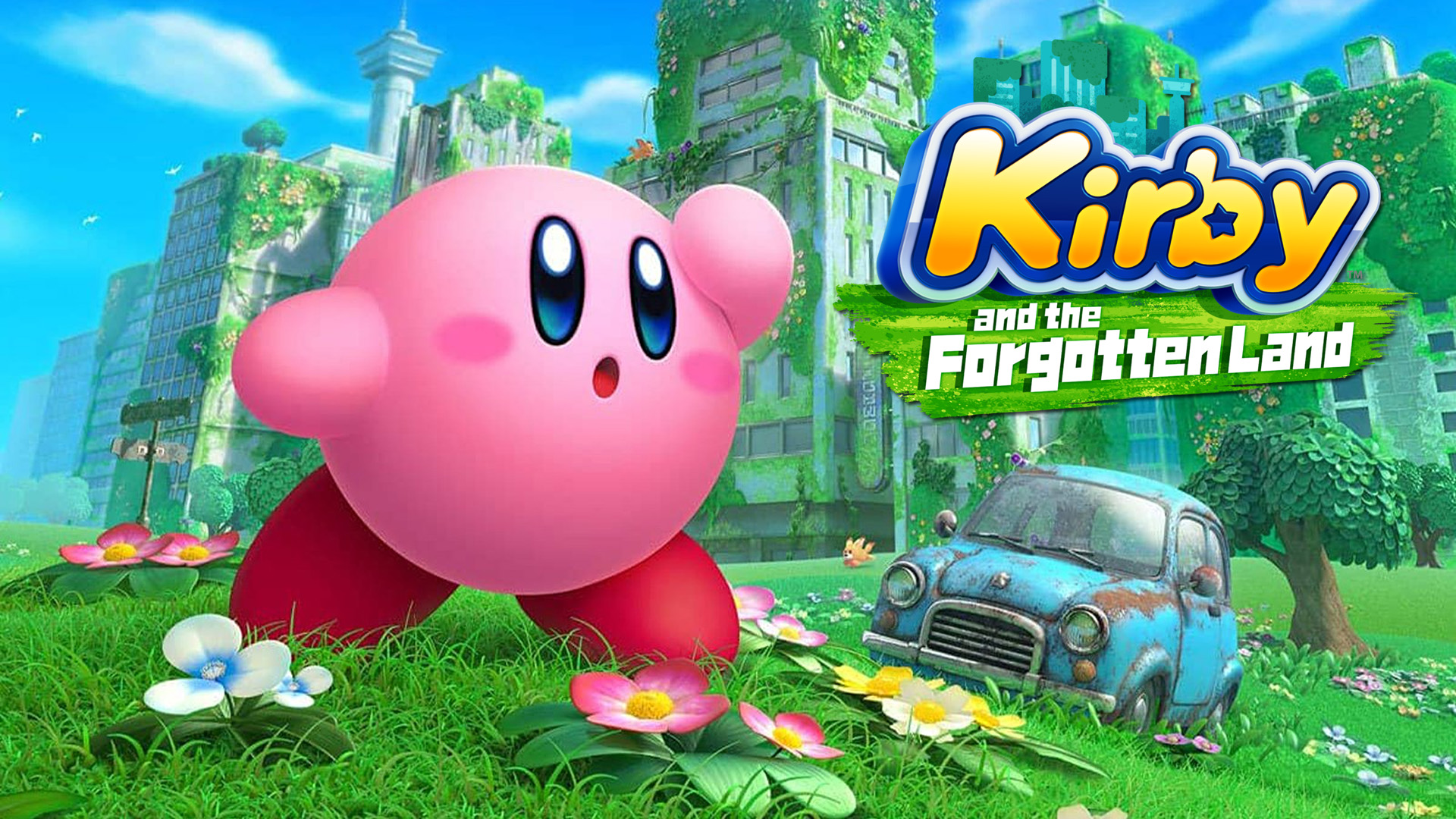

To start a Kirby and the Forgotten Land review, it is crucial to acknowledge that Kirby games have never truly been in full 3D before. Outside of Kirby’s Air Ride (a racing game) for the Gamecube and a party game on 3DS, the pink boy’s adventures have been 2D or 2.5D.
There has never been a basis to judge a Kirby game in three dimensions before and for good reason. His games have always been aimed for kids who are just getting to grips with 2D gameplay. Kirby’s abilities reflected this with his floating which helped young gamers overcome platforming challenges.
The copy abilities didn’t appear until his second game. How could HAL Labs translate the core pillars of Kirby into the third dimension? Find out in Kirby and the Forgotten Land review!
Kirby and the Forgotten Land
Developer: HAL Labs
Publisher: Nintendo
Platforms: Nintendo Switch
Release Date: March 25, 2022
Players: 1-2
Price: $59.99 USD
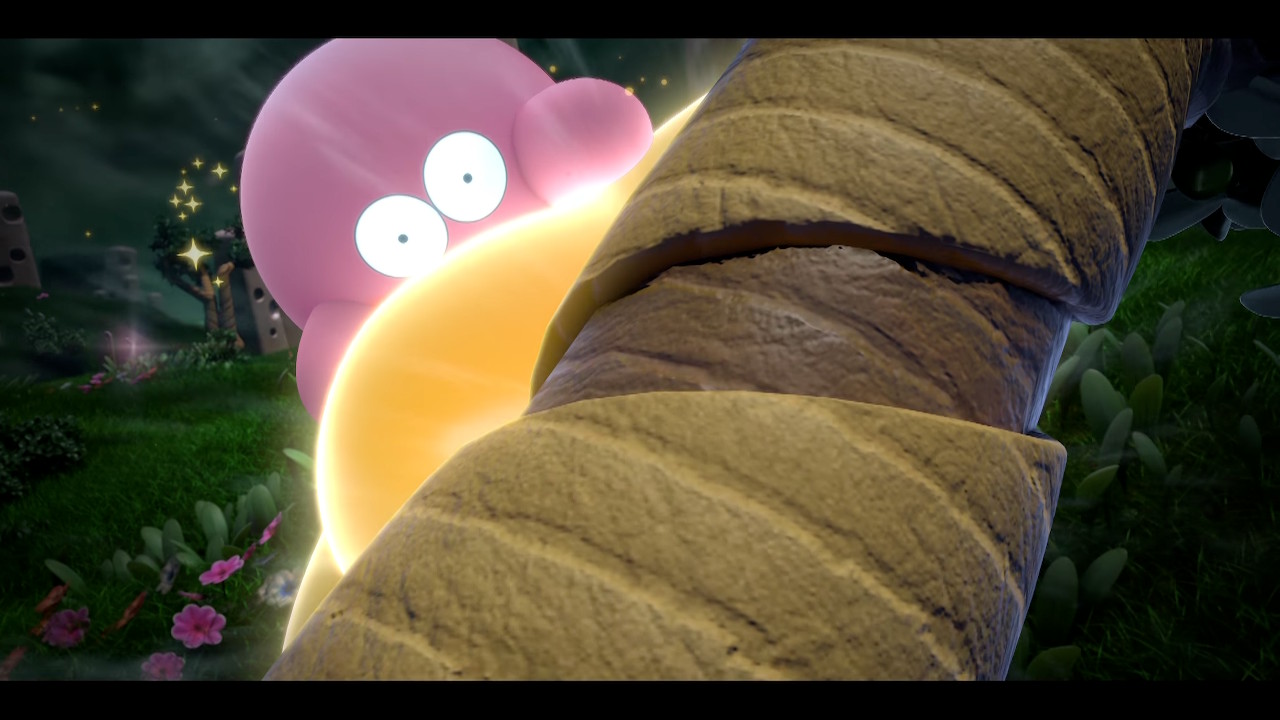
Nintendo has been on an open-world streak with the likes of Super Mario Odyssey and The Legend of Zelda: Breath of the Wild embracing vast sandboxes and nonlinear progression. It would have been easy to assumed that Kirby and the Forgotten Land would follow suit when the first trailers revealed a vast, Earth-like post apocalyptic city.
Players are not getting an open-world Kirby game with Kirby and the Forgotten Land, but are actually getting something closer to Super Mario 3D World but with some Kirby flair to make it unique. Kirby and the Forgotten Land is level based, but unlike 3D World, players are exploring locations instead of dashing towards a goal line.
Each stage is handcrafted with unique assets and stuffed with scenic vistas and secret crannies that hold some esoteric collectible. You are not going to find levels made up of cubes and simple geometry where they feel like they were designed in an editor with limited resourced. There is nothing generic in Kirby and the Forgotten Land.
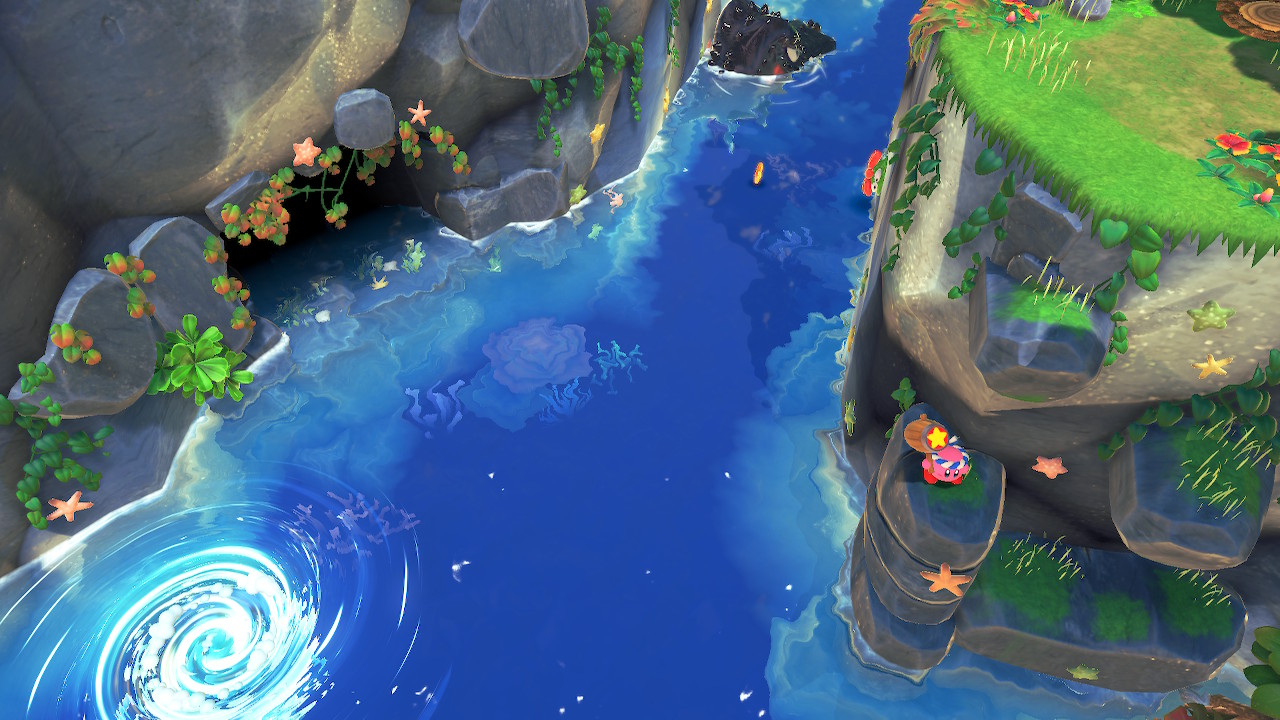
Much like any entry in this franchise, Kirby is more concerned with eating than getting involved with any drama. While on a stroll, while day dreaming about stuffing his face, pentagram shaped tears plunge Kirby and his entire world into some other plane of existence.
Upon emerging from the chaos, Kirby finds himself and all the denizens of Dreamland in a place that resembles Earth. The only thing for a insatiable puff ball to do is to save the captured Waddle Dees and help them set up a new home in this strange new land and hopefully enjoy some snacks along the way.
The Kirby games are no stranger to slipping in cosmic terror into the subtext of the scenarios. The Shiver Star stage in Kirby 64 was implied to be a post-human Earth during a new ice age. Kirby and the Forgotten Land continues this tradition by openly showing a very specific depiction of our world devoid of humanity that was possibly caused by ourselves.

Through out the visual design of the game there are constant reminders of humanity’s extinction. Despite the upbeat tone and happy-go-lucky ambiance that permeate Kirby and the Forgotten Land‘s tone, there is no ignoring the delusion that something terrible has gone wrong.
The derelict amusement parks and resorts overtaken by growth carry a somberness that one would expect from a NieR title, not Nintendo. The barren English style metropolis is completely covered in snow, snuffing out any life that once was.
A kid playing Kirby and the Forgotten Land might have most of these details wash over them and maybe some details might plant some seeds in the back of their minds. Adults who play this game will notice and the game will take on a different feeling than it would on a child who experiences this platformer.
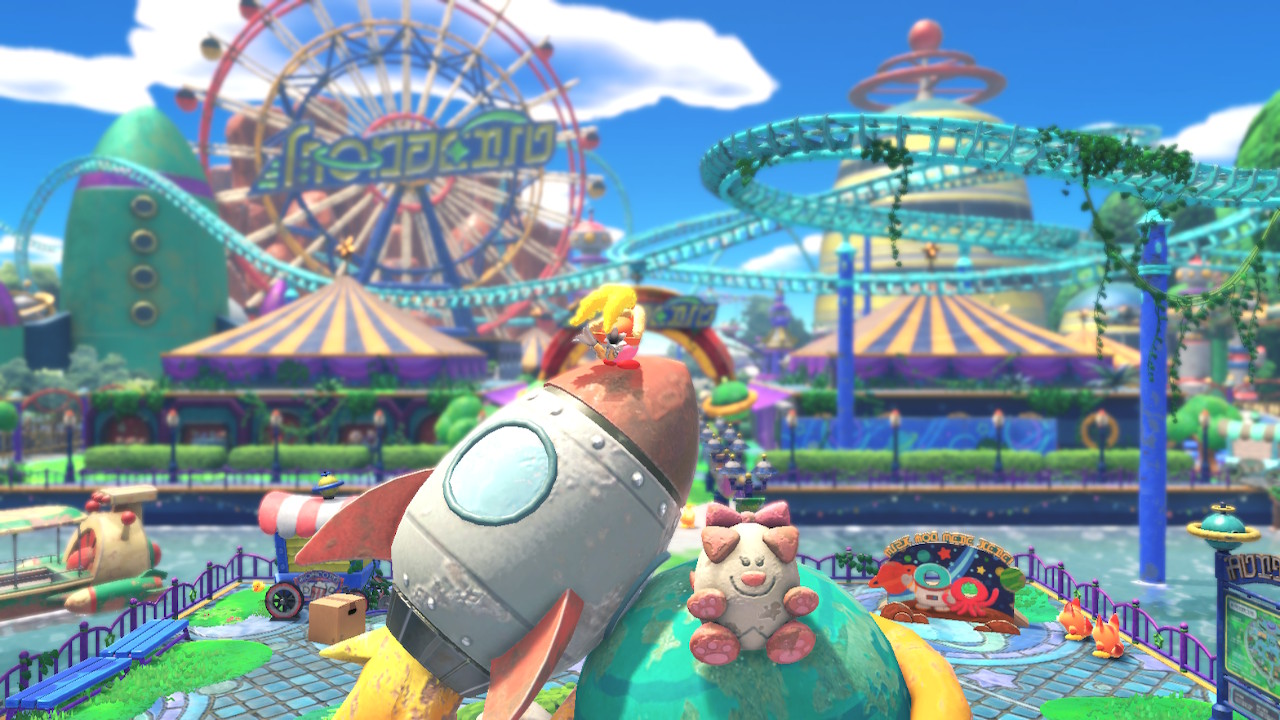
Kirby and the Forgotten Land beautifully realizes a doomed world. The level of fidelity on display staggers with its incredibly dense scenery and color. Sometimes it resembles a 2010s era CGI movie during gameplay with the high range of stretching and squashing animation.
Materials and particle effects are very convincing and have a tangibility to them. Surfaces glisten when wet and Kirby can kick up a cartoony dust cloud that looks like cotton and it diffuses against light. There is no doubt that Kirby and the Forgotten Land is an appealing looking game, but it does come at a cost.
For all the visual panache that the boys at HAL Lab poured into the graphics, the Switch’s specs just can’t do it all and get the frame rate at 60FPS. While the game is locked at 30 and is perfectly playable, it is disappointing after experiencing Bowser’s Fury and Yoshi’s Crafted World.
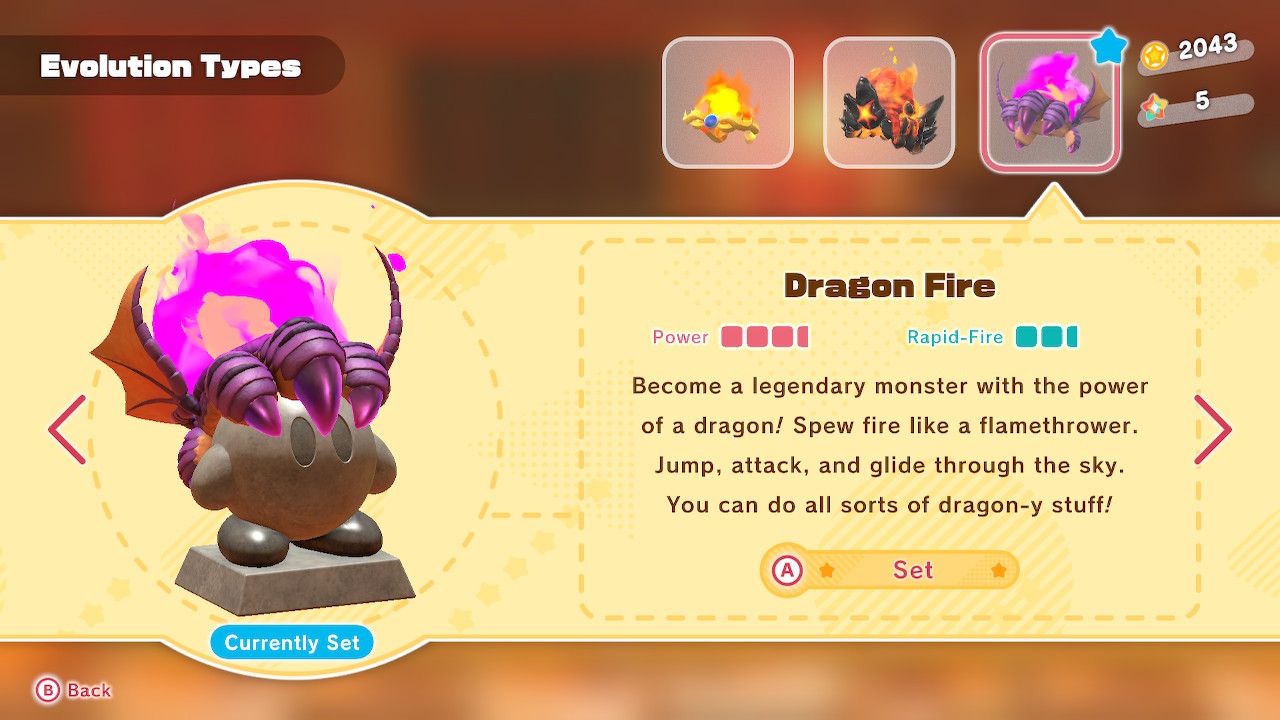
Kirby and the Forgotten Land gameplay is a linear 3D platformer with a fixed camera angle. As per usual, base Kirby is limited to running, jumping, sliding and his signature ability to inhale air and float like a balloon. In 2D, Kirby was able to fly through most stages by floating, but in 3D, HAL Lab scientists had to nerf this.
Floating is more akin to a means to save yourself from a bad jump. Kirby also has a hard limit to how long he can stay afloat now, yet it is still a generous amount of air-time. There is also a fixed height Kirby can maintain; he is not able to go as high as he can hold his breath.
This is a compromise that ultimately makes for a better experience in 3D. Platformers can be challenging and this middle ground offers enough leeway for kids to overcome most of the game but also has plenty of moments where the designers take the core gameplay to its absolute limit and much of it can be seen in the bonus levels or secret areas.
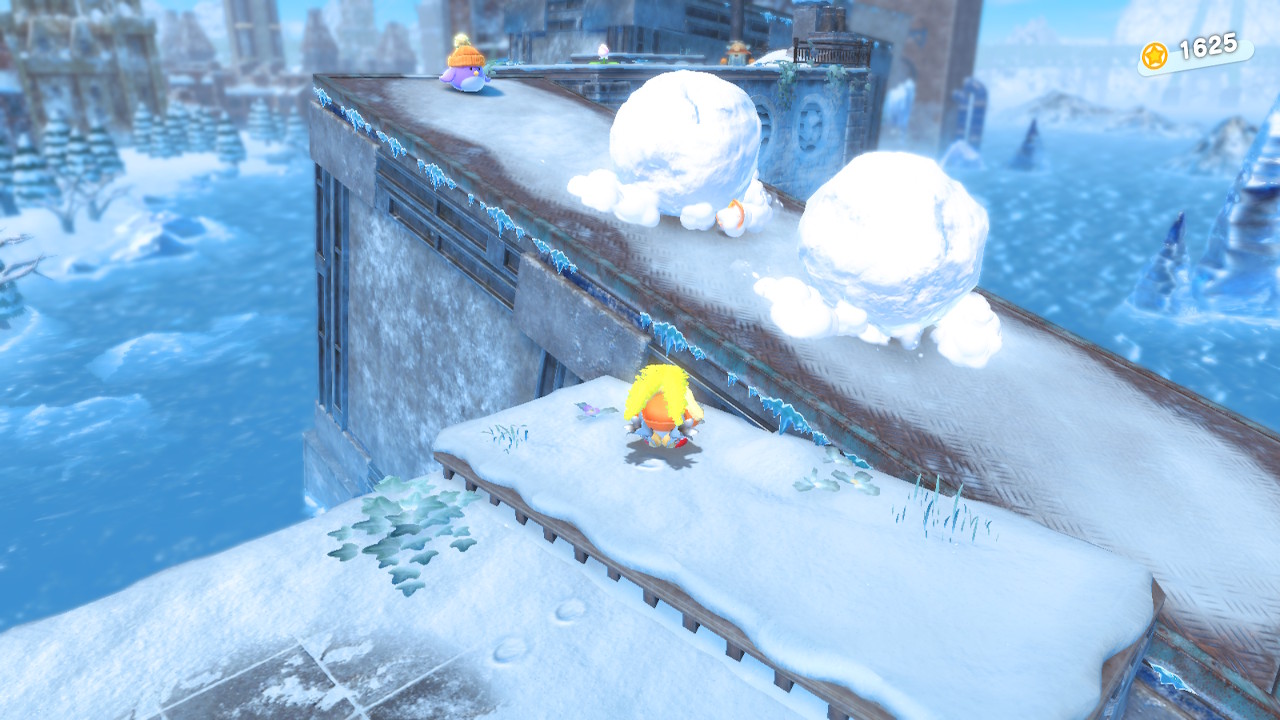
Kirby’s copy abilities are back and while many could not be translated into 3D like the “beam” ability, almost everything is here and with upgrades. The fire breath ability now is also the fireball and when fully upgraded becomes that dragon form where Kirby gains a glide attack. Even the basic sword has Devil May Cry-like combos and juggling potential when fully upgraded.
The real head-liner of Kirby and the Forgotten Land is the “mouthful mode”, where the hero deep-throats a large human-made machine and uses it in some creative way. The “wheel” ability has been replaced by the Kirby-car and while it can’t be taken in al stages, the few times it gets used, the game maximizes its potential in races and high speed platform challenges.
Truly, what makes Kirby and the Forgotten Land such a joy to play is its ingenious level design. The sheer variety of locations and gimmicks keeps the game feeling fresh and exciting all the way through to the end. Finding Waddle Dees to restore the town is rewarding and gaining access to more mini-games makes the overall experience feel like it has more value.
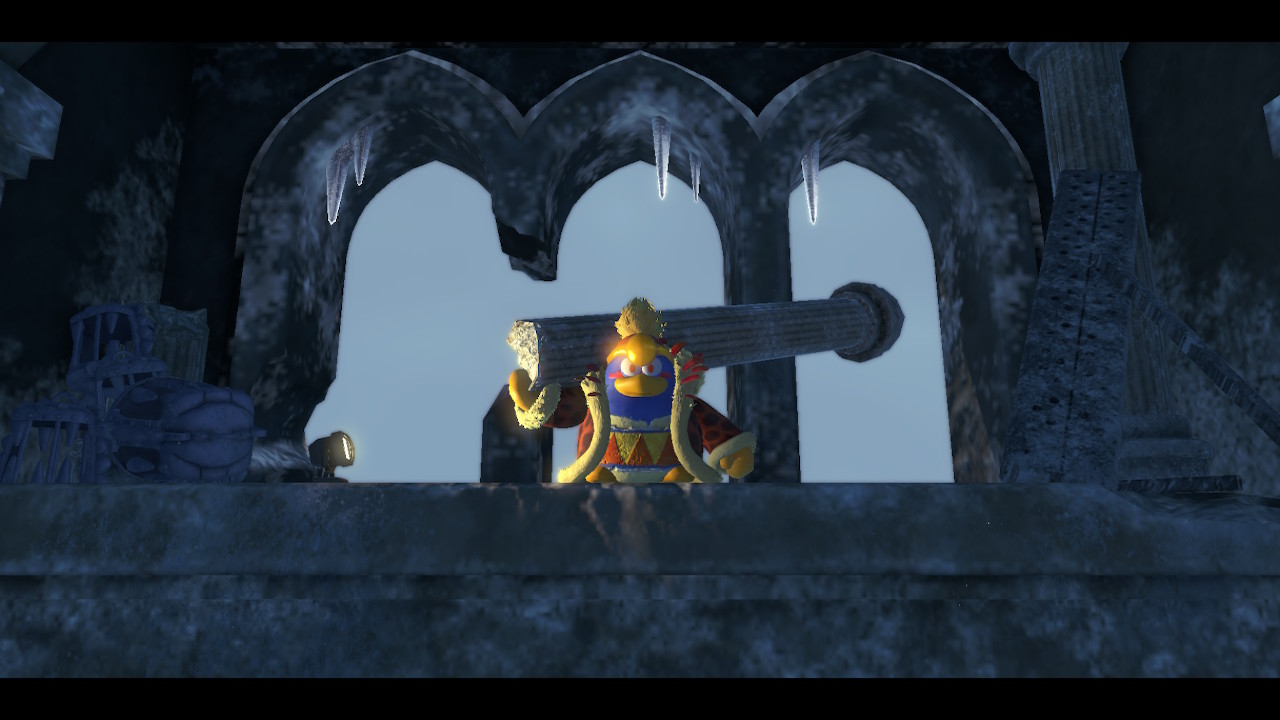
From fishing to serving Waddle Dees their lunch or partaking in some mortal combat at the arena, Kirby and the Forgotten Land offers plenty of distractions. These adorable diversions are a great way to earn some extra coin in order for Kirby to try his luck at the gumball machine to get more figures.
Late into the game, the currency is handy for completionists to always have a means to dump money into something. Why? Because who doesn’t want to see Kirby happily open a egg toy to find a bottlecap figure for his collection?
Even with its bleak undertones, Kirby and the Forgotten Land is an exceptional platformer that is wholesome and unbelievably polished. The local co-op feature is merely icing on the cake to further sweeten this all-you-can-eat desert buffet. It is highly replayable and varied with Kirby’s copy abilities that change the gameplay in a profound way.
Kirby and the Forgotten Land was reviewed on Nintendo Switch using a copy provided by Nintendo. You can find additional information about Niche Gamer’s review/ethics policy here. Kirby and the Forgotten Land is now available for Nintendo Switch.
